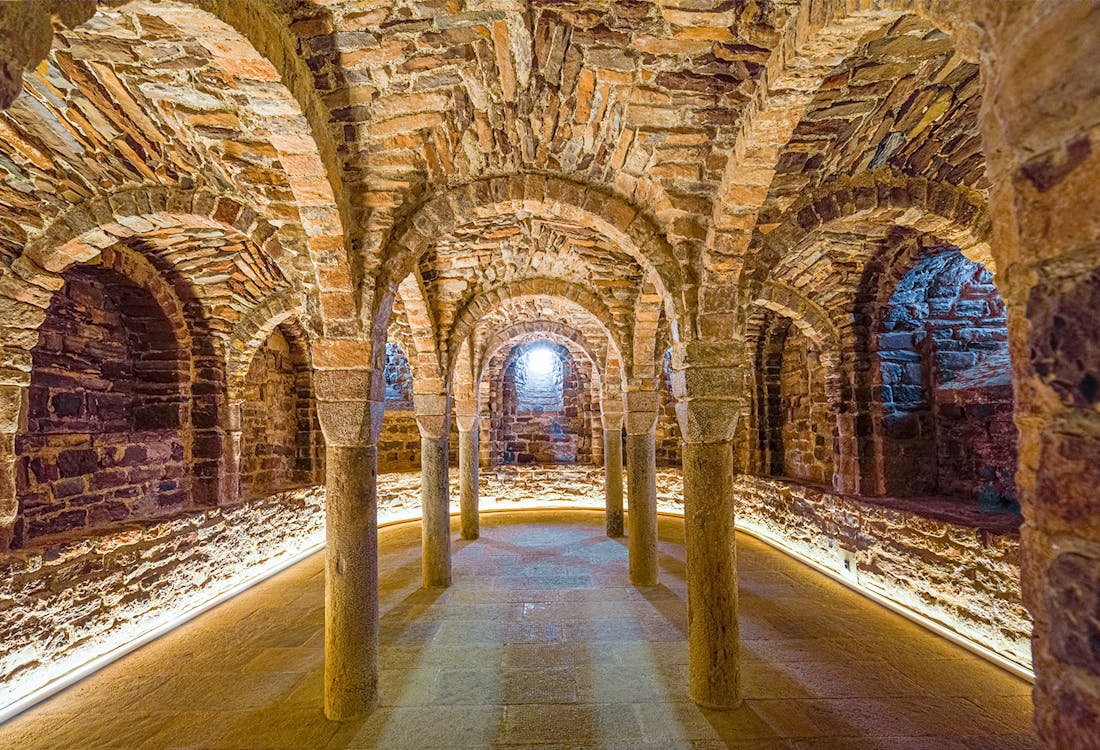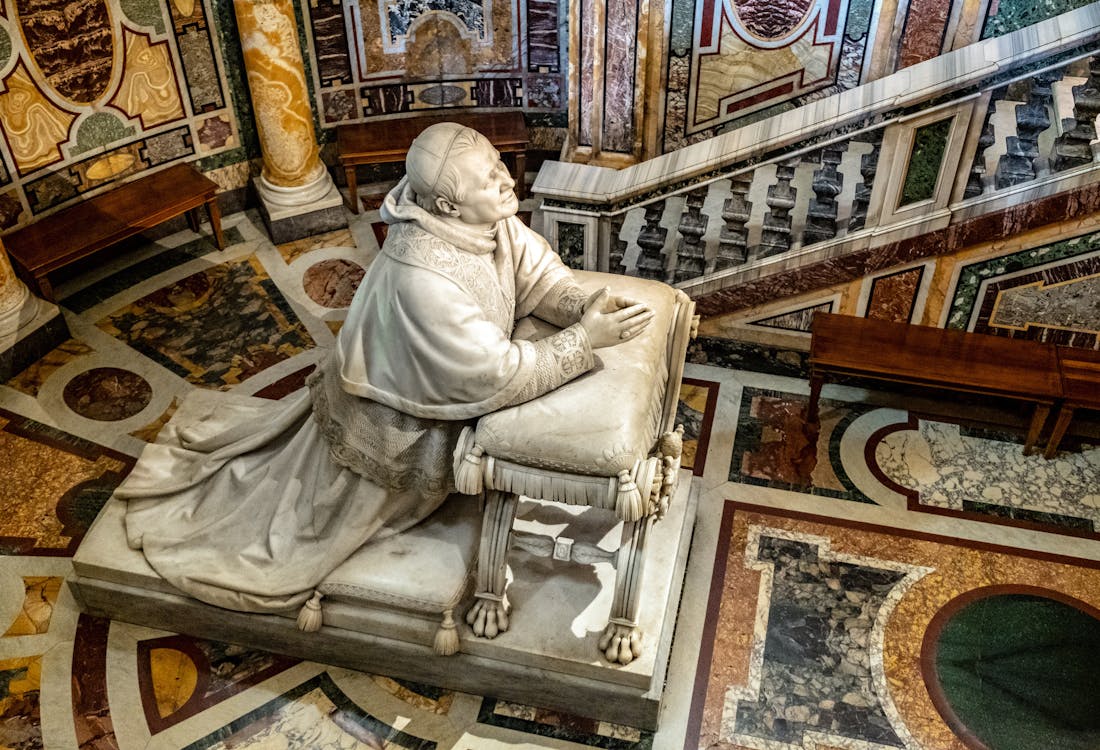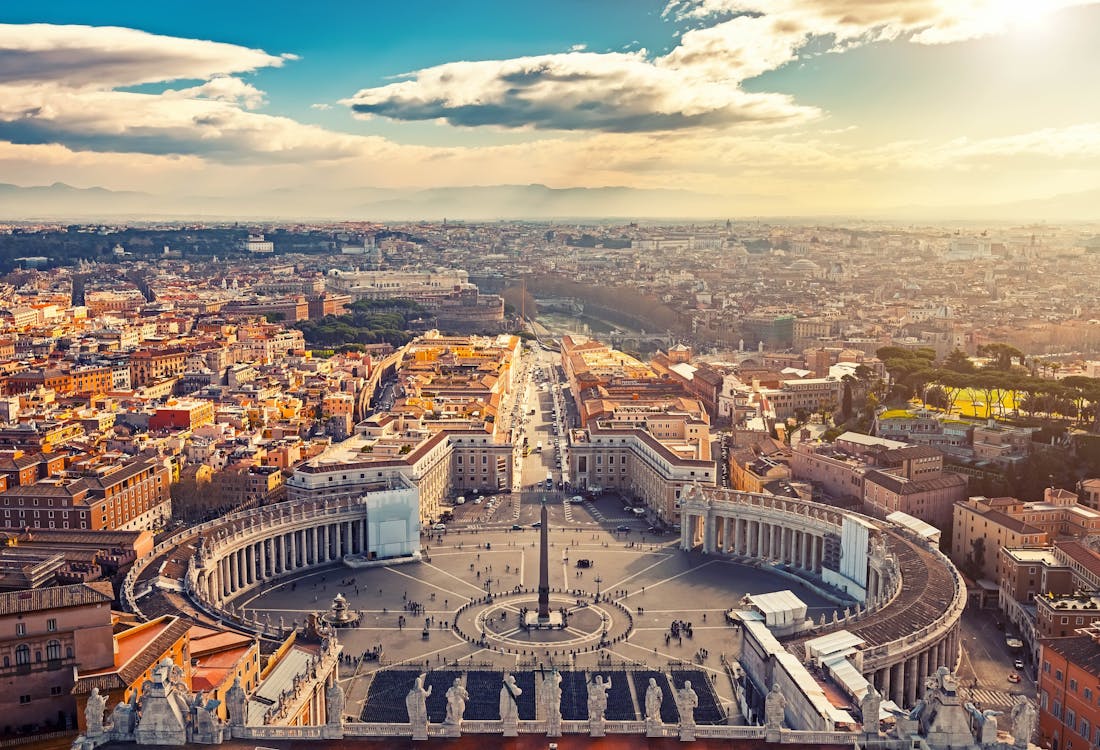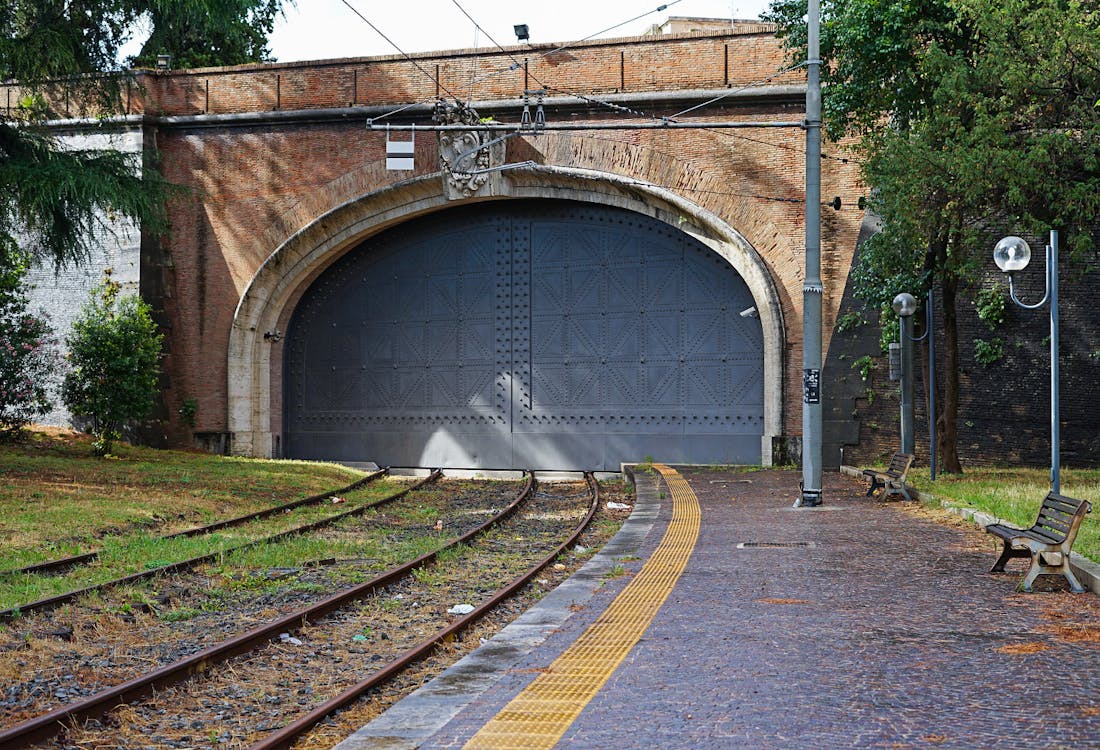Nestled within the heart of Rome, Vatican City stands as an independent city-state and the spiritual epicenter of the Catholic world. Despite its small size, this sovereign territory harbors a wealth of hidden gems and captivating secrets that are waiting to be discovered. Join us as we uncover the lesser-known facts about Vatican City, revealing its enchanting allure and historical significance.
Vatican City's Hidden Gems: Insider Facts
From intriguing underground passages to unique traditions and hidden collections, each fact will paint a vivid picture of Vatican City's rich history and cultural significance.
#1 With an area of just 44 hectares (110 acres), Vatican City proudly holds the title of the smallest country in the world. Surrounded by ancient walls, this compact enclave encompasses stunning architectural wonders and timeless treasures.
#2 Michelangelo's awe-inspiring frescoes within the Sistine Chapel have captivated visitors for centuries. However, what many of us may not know is that Michelangelo initially refused the commission from Pope Julius II, considering himself a sculptor rather than a painter. Yet, his masterpiece has become an enduring symbol of artistic genius.
#3 Beneath the Vatican's surface lies a labyrinth of secret passages known as the "Vatican Grottoes." These catacombs house the tombs of numerous popes, including Saint Peter himself, creating an underground realm brimming with historical significance.

#4 Vatican City is protected by an elite corps of guards, the Swiss Guard. Established in 1506, these colorfully dressed soldiers not only serve as ceremonial escorts but are also highly trained security personnel. Their distinctive uniforms, designed by Michelangelo, make for a striking sight against the backdrop of Vatican City's grandeur.
#5 While the Vatican serves as the Pope's primary residence, he also has a tranquil retreat known as Castel Gandolfo. Located 24 kilometers (15 miles) southeast of Rome, this picturesque palace is nestled within beautifully manicured gardens and offers the Pope a serene escape from the bustling city.
#6 Beyond the renowned Vatican Museums, which draw millions of visitors annually, lies an astonishing collection of papal art not accessible to the general public. These private collections house rare treasures, including sculptures, paintings, and historical artifacts, making them a hidden gem for art enthusiasts!

#7 When the College of Cardinals gathers to elect a new Pope, they follow ancient traditions that have remained remarkably unchanged for centuries. These include being sequestered within the Sistine Chapel and burning the ballots with a special chemical mixture to produce the iconic black or white smoke signals.
#8 Amidst its spiritual role, Vatican City also boasts a celestial connection. The Vatican Observatory, founded in 1891, combines astronomy with the Catholic Church's commitment to the pursuit of knowledge. Its research facilities, nestled in the hills of Castel Gandolfo, allow for scientific exploration under the Vatican's patronage.
#9 Vatican City operates on its own time zone, known as Vatican Time. It is set five minutes ahead of the standard Central European Time (CET), symbolizing the Vatican's autonomy and independence.

#10 Unlike other countries, Vatican City does not grant citizenship. The population consists primarily of clergy, Swiss Guards, and a small number of staff members who reside within its borders. The rest of the population consists of temporary residents, such as diplomats and employees of the Holy See.
#11 Intriguingly, Vatican City has no street addresses. Instead, the city relies on a unique system of post office boxes. To locate specific buildings or offices, visitors and postal services use detailed directions and descriptions instead of traditional street names and numbers.
#12 Vatican City holds the exclusive privilege of minting its own euro coins. These collector's items feature unique designs and are highly sought after by numismatics and coin collectors around the world.
#13 Although Vatican City is not accessible by regular commercial trains, it does have a railway station. The Vatican Railway, built in 1934, serves primarily as a means of transporting goods, and occasionally, it facilitates the transportation of special dignitaries or Papal visits.

#14 While Vatican City has a predominantly male population, it employs female postal workers. The Vatican Post Office, known as the Philatelic and Numismatic Office, welcomes women in its workforce, representing a break from some other traditionally male-dominated roles within the Vatican.
#15 Vatican City has an unexpected connection to the world of television. St. Clare of Assisi, the patron saint of television, is said to have experienced visions of the Holy Mass while confined to her cell, making her an emblematic figure for the modern medium of broadcasting.


